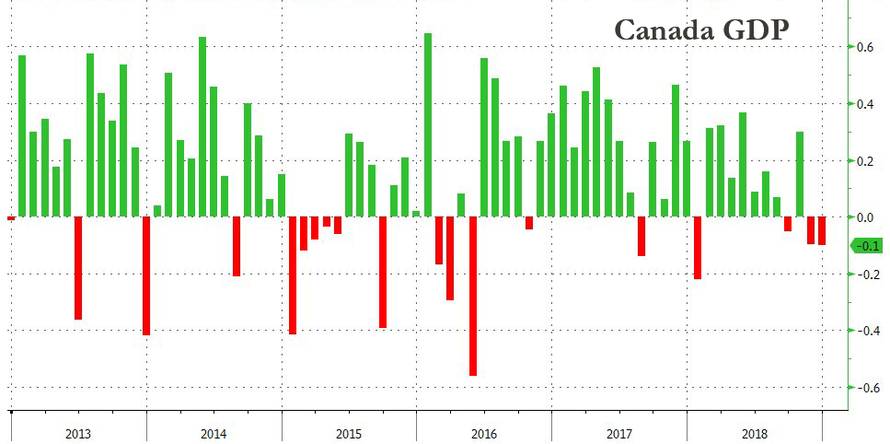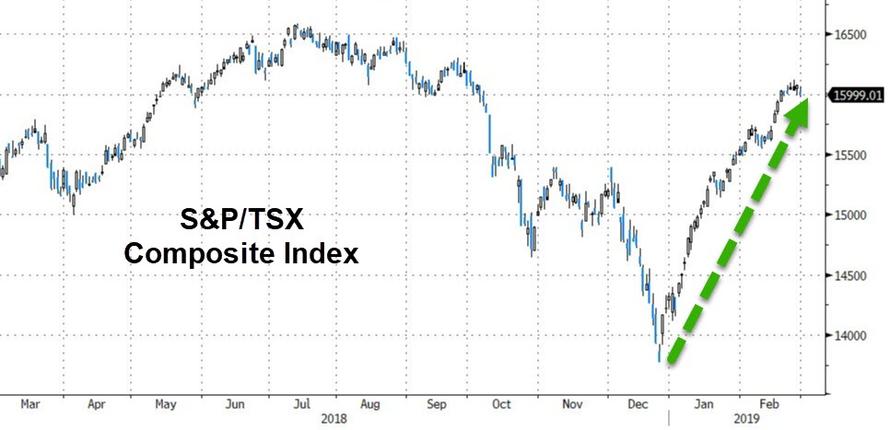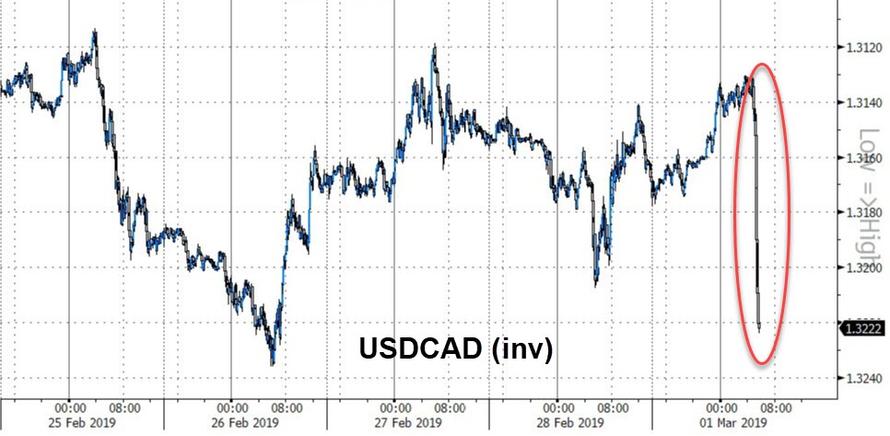Tesla released a flurry of news alongside its $35,000 Model 3 reveal yesterday which had been largely leaked in advance, that has sent shares sliding on Friday, the day the company has to make a nearly $1 billion convertible bond payment in cash (as the Tesla stock price failed to rise above the conversion price)
Analyst reaction to the news was tepid at best, with Barclays saying the event “undercut a few of [the] pillar[s]” to its bull case and Morgan Stanley saying it thought the announcement gave “bears more material to work with than bulls”. JP Morgan predicted “another round of potentially thousands of lay-offs”. Goldman Sachs called the event “anticlimactic for investors” and, of course, there was Gordon Johnson’s comprehensively bearish take on Tesla’s “demand problem” which we published last night.
But the strangest thing about Thursday night’s news dump wasn’t the company’s release of a fully stripped down, bare-bones $35,000 Model 3, nor was it the fact that Tesla is going to be closing almost all of its retail outlets just months after announcing plans to open more of them, as the New York Times’ Neal Boudette noted.
The strangest thing about yesterday wasn’t even that Tesla’s counsel in its ongoing case with the SEC was replaced.
No, the strangest thing about yesterday was the fact that Tesla – a company under scrutiny by the SEC right now for its practices regarding disclosure – appeared to hold a conference call for select members of the media and investment community that the rest of the public did not have access to. Further, the company reportedly discouraged people from recording the call, where they proceeded to take questions on the news release, offering answers that certainly seem to be material in nature.
One Twitter sleuth, Paul Huettner, CFA, reportedly had access to the call and did his best on Twitter to summarize some of the key points that Tesla made that retail investors and uninvited newsmedia may not have had access to. Those points included:
1. Tesla specifically asking the newsmedia to not record or publish transcripts from the call.
2. Elon Musk pitching lower car insurance as a Model 3 benefit.
3. Elon Musk reportedly telling Phil Lebeau that it’s “foolish to focus on the reservation list” for the Model 3.
4. …followed by Musk admitting he “doesn’t know” what demand is.
5. Before ducking one reporter’s question on layoffs that would occur as a result of the upcoming store closings.
6. Musk reportedly also said an even cheaper future Model 3 model is coming in “at least 2-3 years”.
7. Musk offering what sounds like extremely material guidance on the company’s financial performance for the upcoming Q1 and Q2 reports.
8. And finally, when asked about profit margin on the Model 3, Musk reportedly responded that he “wasn’t going to answer questions like that”.
Naturally, Twitter users, including newsmedia and investors, were aghast at the way Tesla communicated these answers:
We can’t imagine the SEC would be amused, not only by the content of this call, but the matter in which its selective participants found out about it. We look forward to a transcript eventually making its way to the public domain, where it can be dissected by critics of the company on Twitter first, and hopefully wind up as the freshest document on top of a pile of evidence that regulators will use to throw the book at the company second. We’re not holding out hope, however.

via ZeroHedge News https://ift.tt/2NAE6Su Tyler Durden

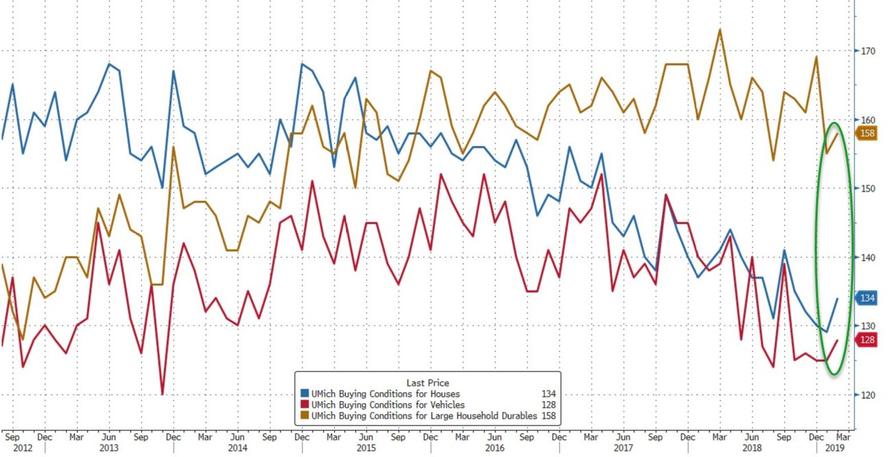






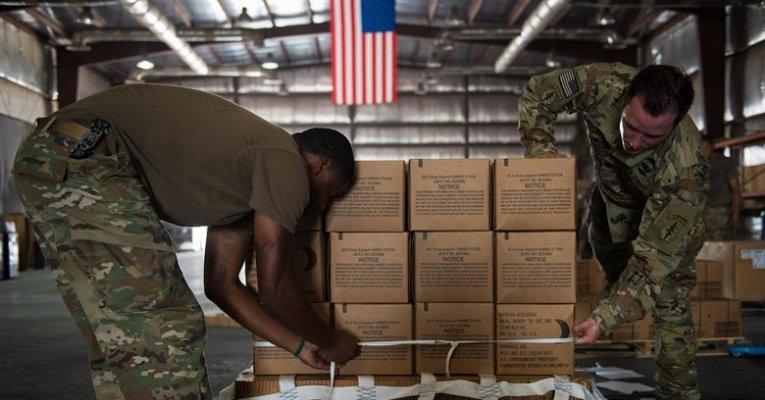

 One of President Kamala Harris’ first orders of business would be to accomplish a second-wave feminist dream, according to comments she made during a live podcast taping in Iowa last weekend. Asked what she would do for women during her first 100 days if she won the presidency, Sen. Harris (D-Calif.) said: “
One of President Kamala Harris’ first orders of business would be to accomplish a second-wave feminist dream, according to comments she made during a live podcast taping in Iowa last weekend. Asked what she would do for women during her first 100 days if she won the presidency, Sen. Harris (D-Calif.) said: “ This week India launched air strikes against Pakistan to avenge a suicide bombing that killed more than 40 soldiers on Valentine’s Day. The strikes, which dropped a load of bombs on what India claims was a terrorist camp run by the outfit that orchestrated the attack, show India taking a leaf from the page of America’s raid of Osama bin Laden’s hideaway—which, as it turns out, was a mere 40 miles from the camp India targeted.
This week India launched air strikes against Pakistan to avenge a suicide bombing that killed more than 40 soldiers on Valentine’s Day. The strikes, which dropped a load of bombs on what India claims was a terrorist camp run by the outfit that orchestrated the attack, show India taking a leaf from the page of America’s raid of Osama bin Laden’s hideaway—which, as it turns out, was a mere 40 miles from the camp India targeted.

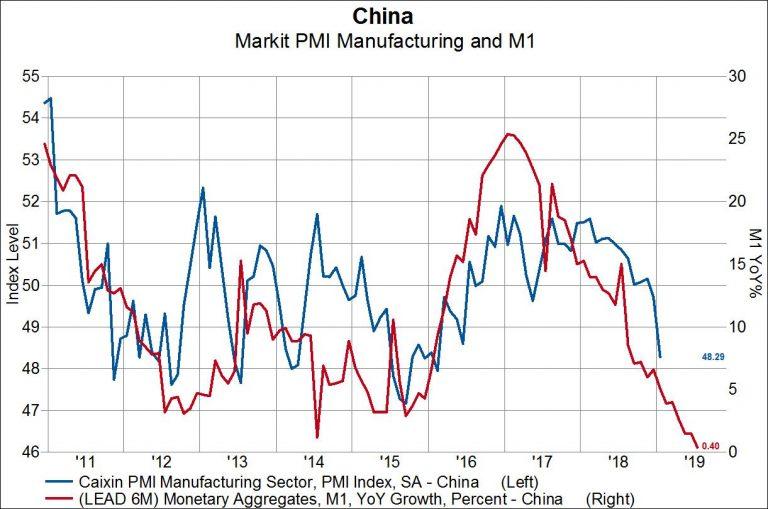

 There’s Big Government, Big Labor, Big Business and now—drum-roll please—something called Big Soda. At a news conference Wednesday at the state Capitol, five lawmakers introduced a package of
There’s Big Government, Big Labor, Big Business and now—drum-roll please—something called Big Soda. At a news conference Wednesday at the state Capitol, five lawmakers introduced a package of 